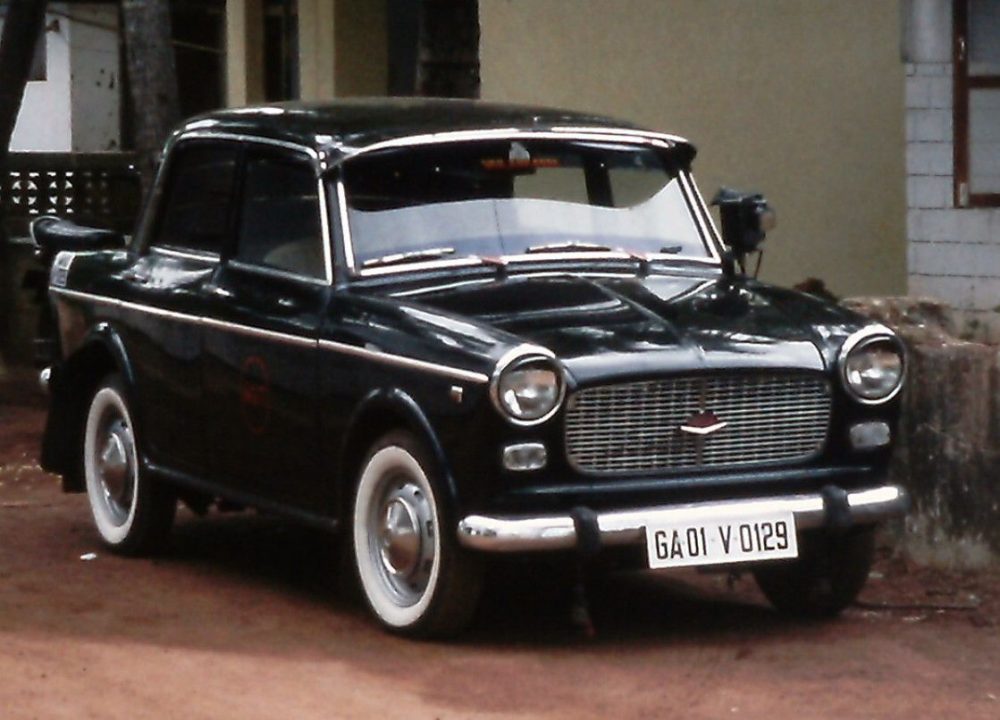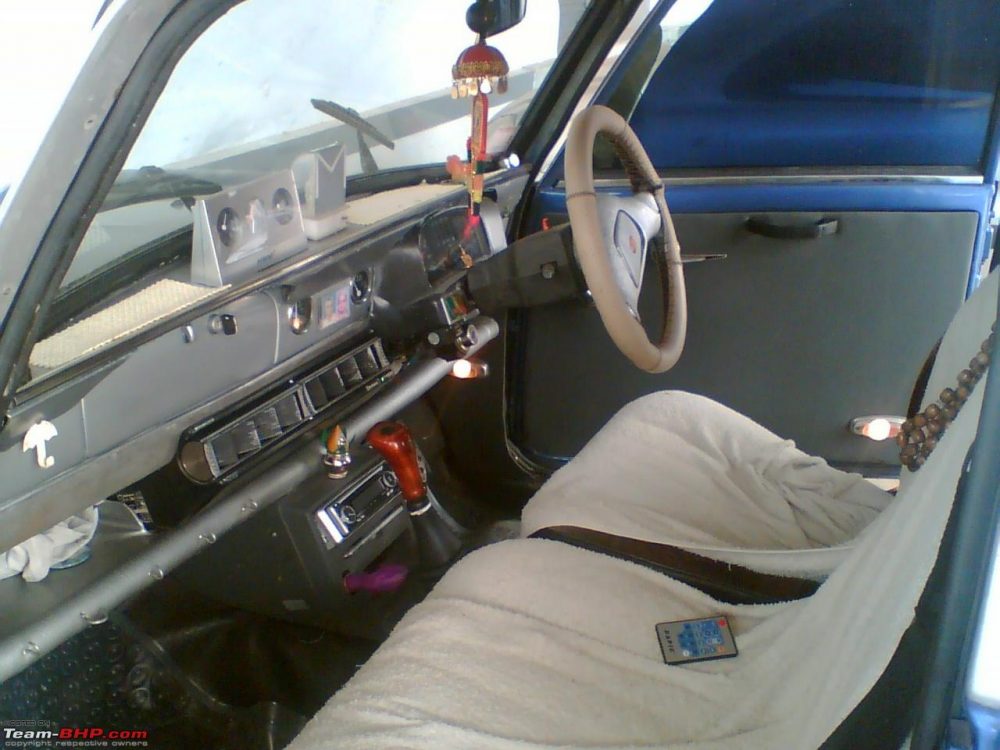Brands such as Maruti Suzuki and Hyundai make a major part of the automotive industry in India nowadays. But there was a time when this industry was still in the initial stage of development. Two companies nurtured the plant and made it the massive tree it is today, Premier and Hindustan Motors. Premier was the one to introduce one of the favourite family cars ever launched, the Padmini. But before looking at the car’s history, let’s see how the company came into existence.
Premier Automobile Limited – Your PAL

The company was founded in 1944. After the independence, the first trucks to roll on Free India’s roads were from Premier. It began with obtaining licenses from Fabbrica Italiana Automobili Torino (FIAT) for Plymouth and Dodge production in India. The company made quality products for FIAT and the Indian Department of Defense. The early years saw very low sales numbers for Premier and Hindustan motors. The industry was still in the cradle. Yet, the companies were determined to make it big.
Premier Padmini – A Beautiful Saloon

In 1964, Premier brought the Fiat 1100 Delight, the first-ever real competition, to the Hindustan Motor’s Ambassador. The 1100D was more modern, more fuel-efficient, and easier to drive. It became a hit amongst youngsters, celebrities, gents, ladies, and everybody. If you were born in the 1970s, you surely would have had a chance to sit in one of the Padmini.

By 1973, the name was changed to Premier President, giving it a bit of obvious elegance as there is much in a name when India is in talks. Subsequently, the name was changed to Premier Padmini. This was a common name for girls in India at that time. The name means “She who sits on the lotus” and refers to Goddess Lakshmi.

The Optimum Powertrain
Premier Padmini was equipped with a Fiat-sourced 1.1-litre four-cylinder petrol engine which could produce 47hp of power @4,800rpm and a peak torque of 71Nm @ 3,000rpm. It was paired with a 4-speed manual transmission. The car was a rear-wheel drive. With all this coming together, the car could reach a top speed of 130kmph. The Premier Padmini, or the Fiat 1100D, was a powerful car. The Ambassador dominated market was now flooded with Padmini lovers too.
But why was the power reduced?
In the early 1980s, the engine’s power was reduced to 42hp. But why? The company quickly understood that the Indian customers were more inclined towards fuel efficiency than the power figures. This was the reason for power reduction. The company came up with a modified carburettor that increased the fuel efficiency of the four-door saloon. But not everything was reduced.

The Padmini now had better features, such as an air-conditioner, leather upholstery, courtesy lights and tinted glass. These features were still limited to luxuries at that time in India.
The Downfall Of The Premier Padmini
In the mid-1980s, Maruti Suzuki came to our shores. The company came in with cheaper, more fuel-efficient and more modernised cars. Premier Padmini started to lose hold of the market slowly. By 1991, more companies were entering India, making it difficult for Padmini to survive the global heat.

Premier decided to revive the car’s depleting popularity by introducing an updated model named Padmini S1. It was equipped with a Nissan-sourced floor-shift synchronised gearbox with more powerful engine options. A diesel variant was also introduced to help in the sales of the Padmini. The 1.4-litre diesel engine was capable of producing 45hp of power. The diesel car was able to reach the top speed of 140kmpl. It was able to cover 24km on one litre of fuel.
But even the advent of diesel engines could not favour the depleting sales of Padmini. The car was discontinued in the year 2000.
Although t, he car has been discontinued, you might find an old taxi or some vintage Padmini restored to its glory. Every good thing has to come to an end. But Premier Padmini will always be remembered as the car that made the automobile industry in India capable of standing strong and becoming one of the pillars of the economy today.





